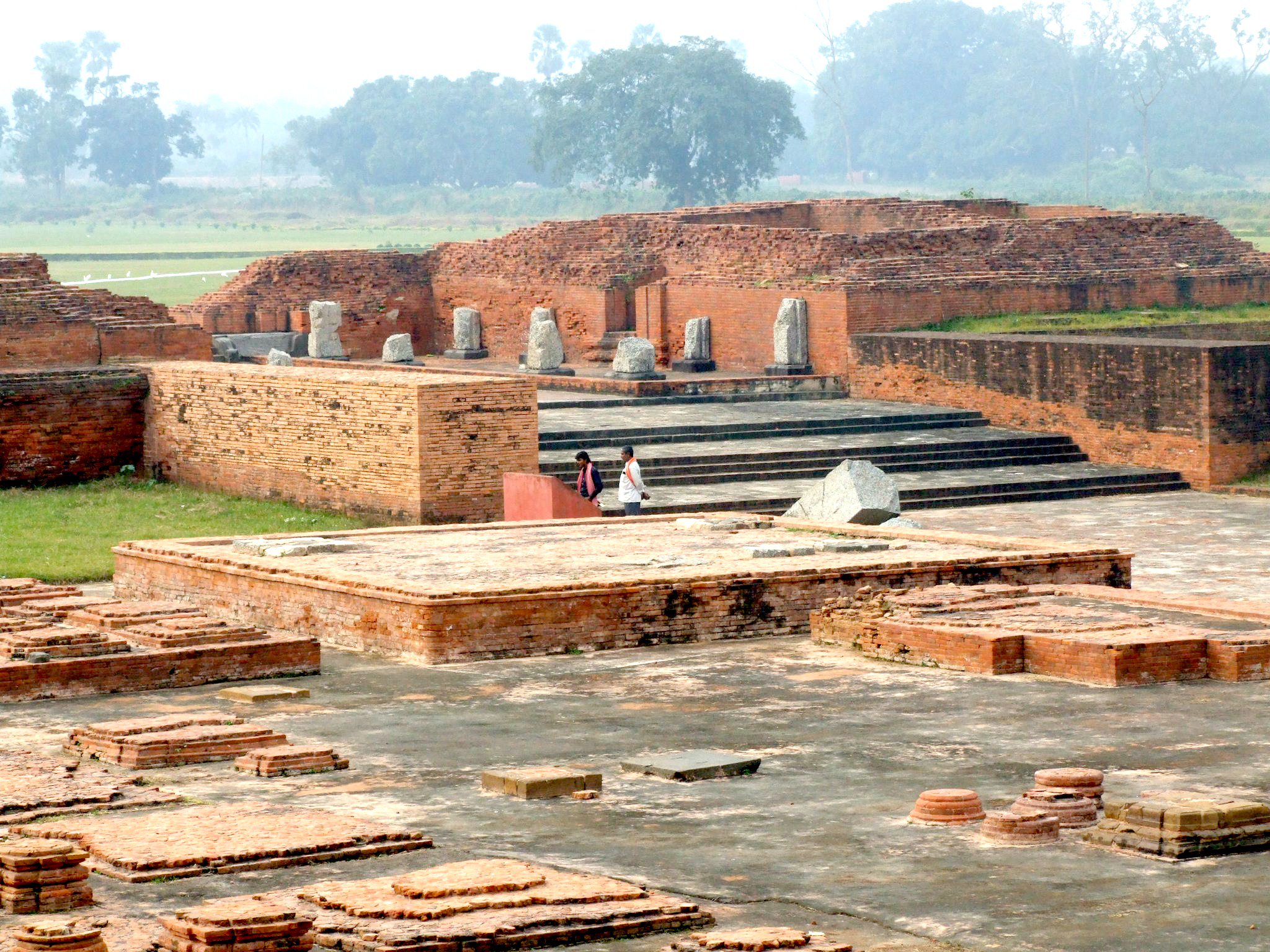Bhagalpur, 18 February: After a nearly 42-year hiatus, the Archaeological Survey of India (ASI) has resumed excavations in Antichak village in Bihar’s Bhagalpur district to uncover more vestiges of Vikramasila Mahavihara, the famed university built by Pala monarch Dharmapala in the late 8th or early 9th century AD.
The Vikramasila Mahavihara University thrived for almost four centuries until collapsing around the beginning of the thirteenth century AD. “Previously, the meticulous excavation at the site conducted by the ASI (1972-82) revealed a huge square monastery with a cruciform stupa in its center, a library building, and a cluster of votive stupas,” stated Superintending Archaeologist, ASI Patna Circle, Goutami Bhattacharya.
“We began our excavation on February 8. We are currently cleaning out the prior excavation ditches. We are removing the dumped earth and attempting to reach undisturbed cultural horizons from which we can begin systematic excavation,” Bhattacharya explained. She said that Dr B S Verma had already explored the site (before to 1982) as part of the Vikramshila excavation project.
The excavation in Bhagalpur has begun under the direction of Jalaj Kumar Tiwari, Assistant Superintending Archaeologist, ASI-Patna. It was one of India’s three most prominent Buddhist monasteries during the Pala era, alongside Nalanda and Odantapuri.
Vikramasila was one of the largest Buddhist institutions, with over 100 lecturers and around 1,000 students. It produced distinguished scholars who were frequently invited to various nations to disseminate Buddhist knowledge, culture, and religion.
The monastery, discovered following earlier excavations, is a massive square construction. A few brick-arched subterranean rooms beneath some of the cells have also been discovered, which were most likely intended for limited meditation by the monks.
“The main stupa for worship is a brick construction with mud mortar that stands in the center of the square monastery. This two-tiered stupa is cruciform in shape and around 15 meters high from the ground level, accessed by a flight of stairs on the north side,” Bhattacharya stated.
The Superintending Archaeologist stated, “The results of the excavations, no doubt, pinpointed the site as the actual remains of the once famous Vikramasila Mahavihira. Now, the new excavation will unearth several vital bits of information about the Mahavihira’s long and troubled past… digs at this site may also produce some more important inscriptions inscribed on stone slabs, which may shed further light on the Mahavihara’s history.?





